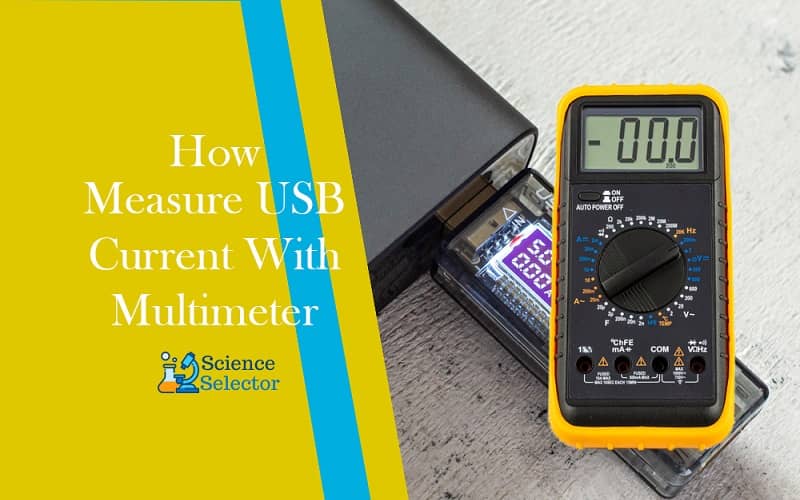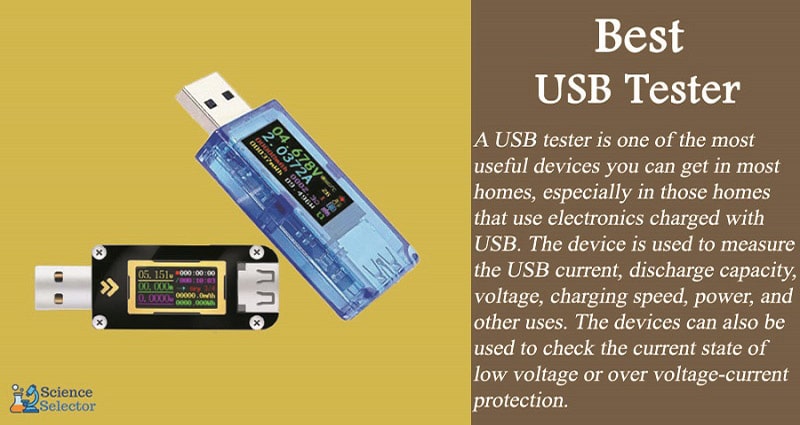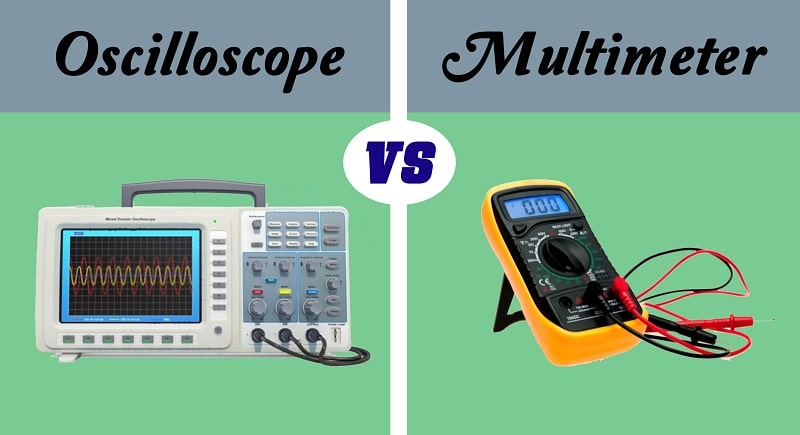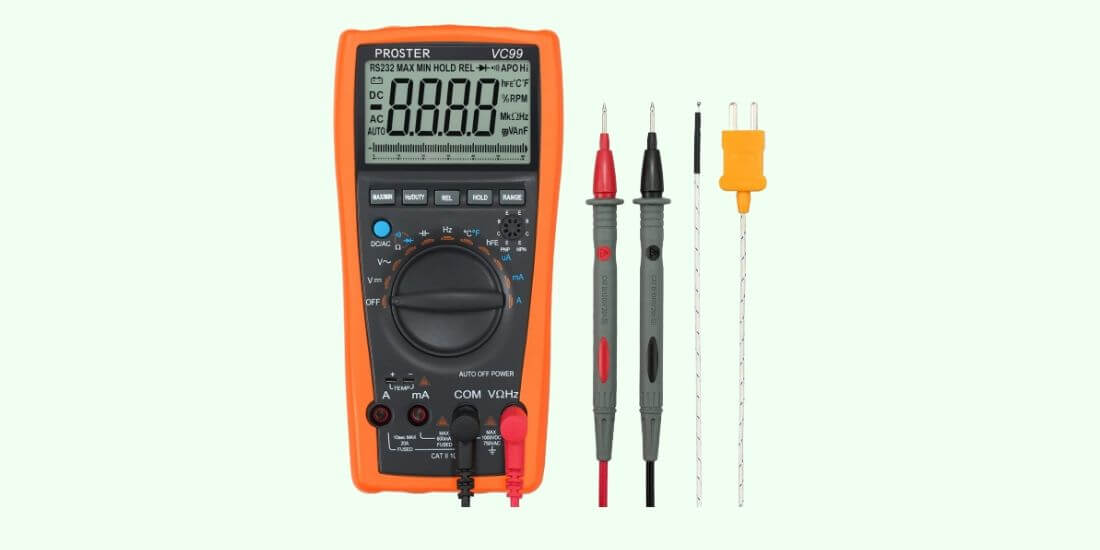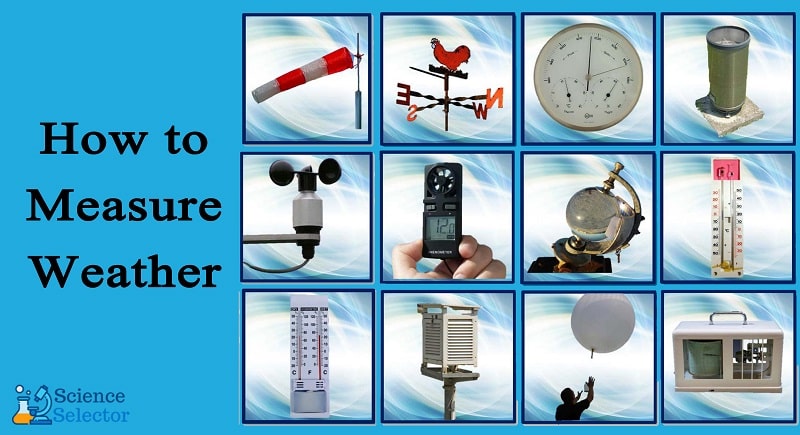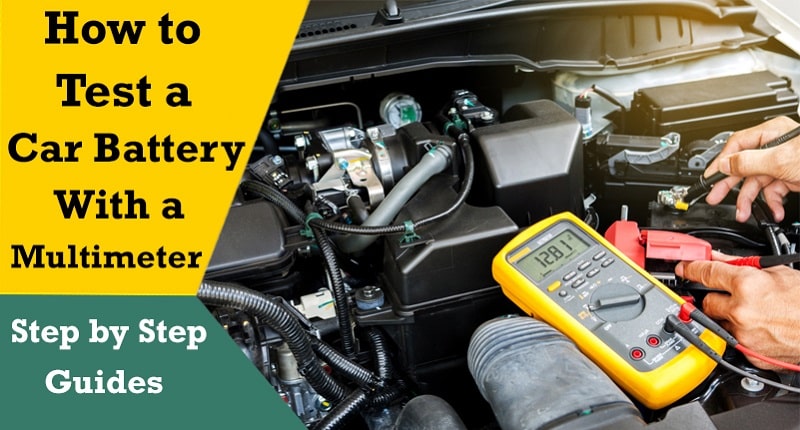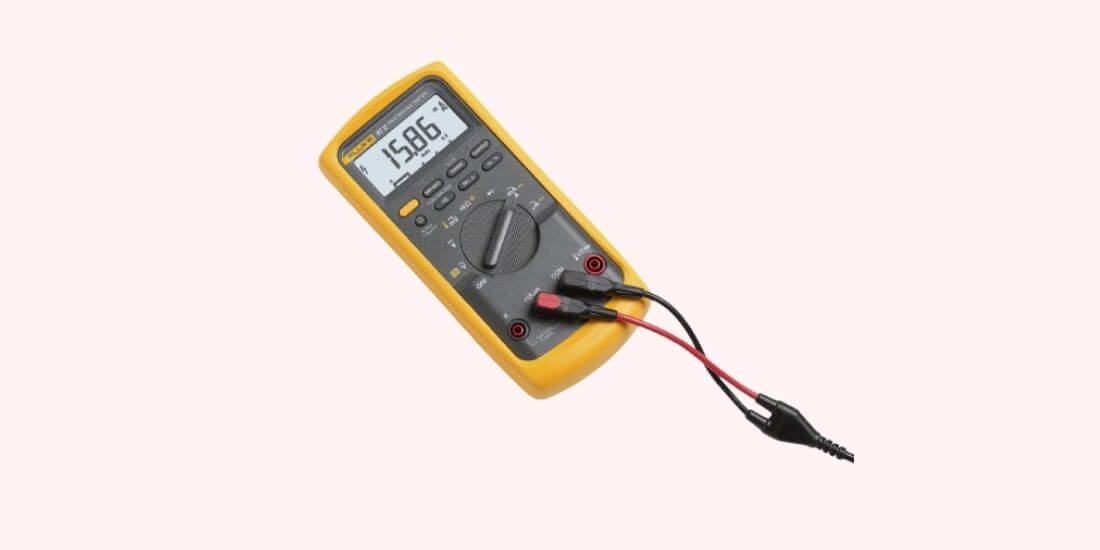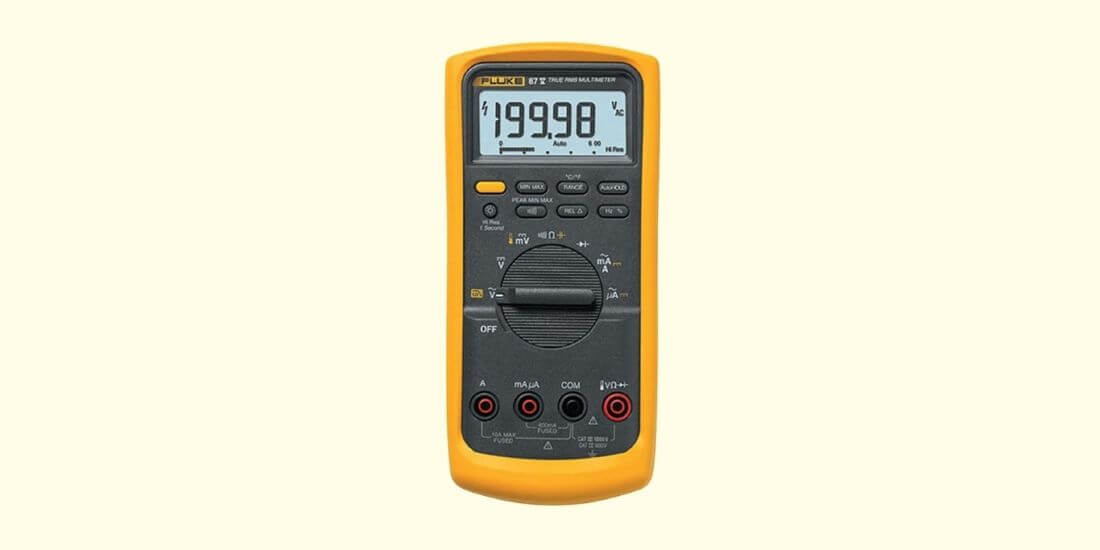On devices, the current strength that they can withstand is rarely indicated. The main ones are voltage and power consumption. But in some cases, it is indispensable to define this characteristic. We will tell you how to measure the current strength with a multimeter and how you can use the data obtained.
How to Measure The Current of a USB Port With a Multimeter
Why Measure Current
Measurement of current in electrical engineering is carried out less often than voltage or resistance. But it is necessary:
- To determine the actual power of the electrical appliance P. Knowing the voltage of the source V and applying the formula P = VxI, you can get the value of power in watts.
- To test circuits or individual devices for a given load. If it is too large, the conductors may overheat and the devices may fail.
- To find battery leakage current. Often, car owners find that it is discharged when there is no load in the garage or parking lot. A simple check helps you find active consumers and turn them off, thereby solving the problem.
- To calculate the required capacity of the source. For example, when measuring an LED lamp, it was found that the current consumption is 20 mA, and the battery at a given load resistance can provide 900 mA. Then the source current is enough for 45 hours of LED operation.
- For troubleshooting when repairing household appliances. Any deviations in current consumption downward will indicate the presence of inoperative sections.
In electrical or radio engineering, current strength is no less important than voltage. To determine it in professional work, ammeters were previously used. With the advent of universal multimeters, these studies have become much simpler and more accessible.
Principle of Operation
The charger works by lowering the voltage and converting AC to DC. For this, a step-down transformer and a diode bridge are present in the circuit.
The charging voltage should be 5-10% higher than the nominal value of this parameter for the battery, and the charging current should be about 10% of its capacity.
Sometimes the phone is recharged from the car’s DC battery. In this case, rectification (conversion from variable to constant) is unnecessary.
Measurement features
If we imagine that the electric current is the water flowing through the pipe, and the voltage is the effective pressure, then many concepts and formulas become clear. When the pipe is closed, then there is pressure, but no water. Until a consumer appears, that is, a load, it will not flow. And the resistance is the pitfalls in the channel that interfere with the free passage of the stream, but make it work.
The strength of the current in the physical sense is the number of charged particles flowing per unit of time through a certain point in the system. It is measured in amperes A or milliamperes mA.
Measurements are carried out using ammeters, as well as household or professional multimeters. Digital meters are simple and easy to use. They allow you to set not only the current and voltage, but also other characteristics – resistance, capacitance of capacitors, frequency of alternating current, etc. A current strength exceeding 15 mA is considered dangerous for a person, at which muscle spasm occurs. And a blow of 100 mA is almost always fatal. Therefore, all work related to energized networks must be carried out strictly in compliance with safety measures.
How to Measure The Current With a Multimeter In An Outlet
There is only one correct answer to such a question – it is impossible. The outlet only has voltage across the contacts. The current will appear only after connecting the load – a light bulb or an electrical appliance.
If you directly connect the multimeter to an outlet, a short circuit will occur in the circuit when the phase and 0 are connected, since the resistance is negligible. In the best case, the fuse will burn out and the multitester itself will fail, but the consequences can be much worse.
The automatic protection of the house network will react by cutting off the power supply. The lights will go out everywhere and the sockets will not work. In addition, sparks from a burnt out tester can cause fire, burns and other troubles, so you should not measure the current in the outlet, even for the sake of experiment.
How to Measure The Current of The Charger With a Multimeter
The battery charger converts alternating current from the mains to direct current using a transformer, rectifier and voltage stabilizer. For car owners, starting and charging devices – ROMs – are produced, which combine the functions of charging the battery and starting the engine when the battery is dead. In this case, there may be no charge at all or a partial charge is created within a few minutes, which is necessary to start the motor.
In some models of the charger there is no indication of the charge, therefore there is a problem with the determination of the amperage. You can easily check the current strength with a conventional multimeter:
- The battery must be removed from the car and connected to the charger.
- On the multimeter, set the scale to 10 A, and insert the red probe into the connector also to 10 A.
- Connect the “plus” of the charger to the positive pole of the battery.
- Connect the “minus” of the charger with a black probe to the base of the multimeter (COM socket).
- Connect the red probe to the second battery terminal.
When the charger is connected to the network, the multitester will show the current in the circuit. The task will be solved even without an ammeter-indicator.
Conclusion
In recent decades, many devices have appeared that use rechargeable batteries or DC batteries to ensure autonomous operation. These are power tools, telephones, computers, and various household appliances. Each of them usually comes with a charger to keep the battery in good working order. Alas, situations often arise in which the battery does not charge at all or the discharge occurs very quickly. One of the reasons for the occurrence of such phenomena may be a malfunction of the charger (charger).

